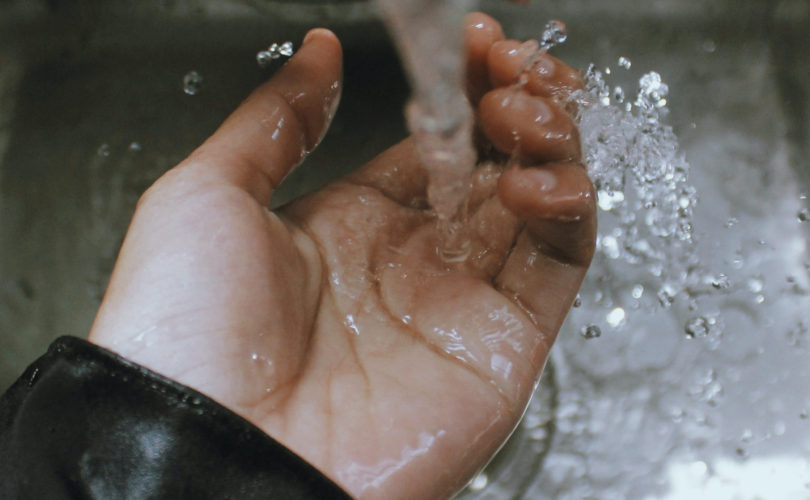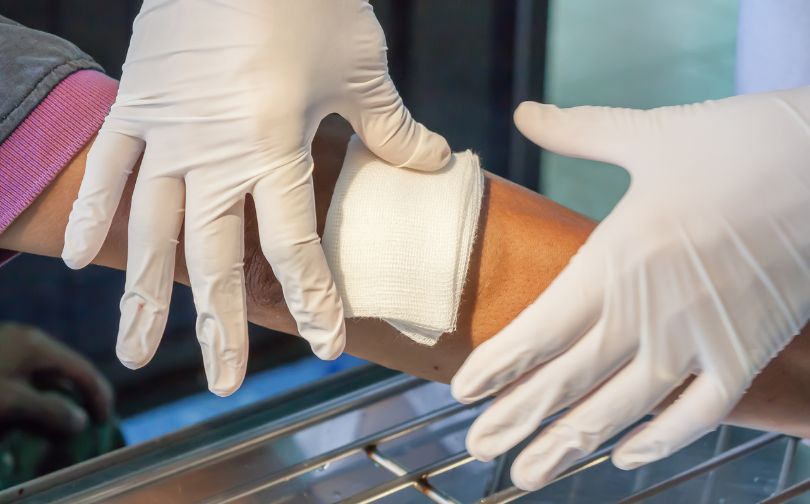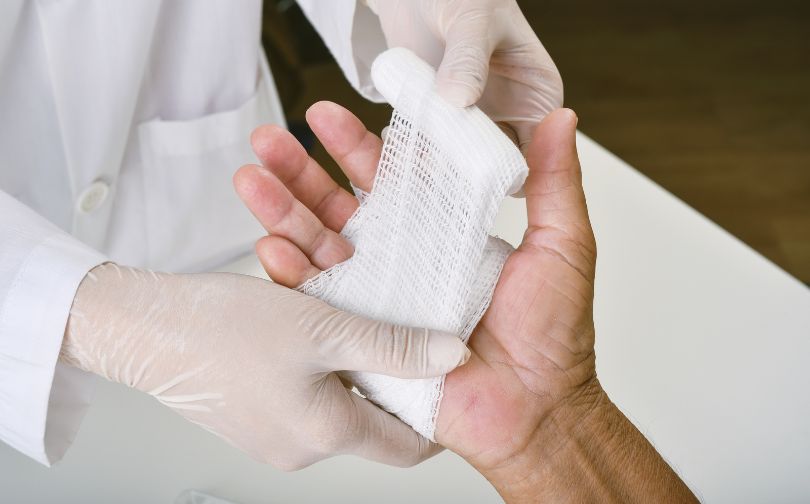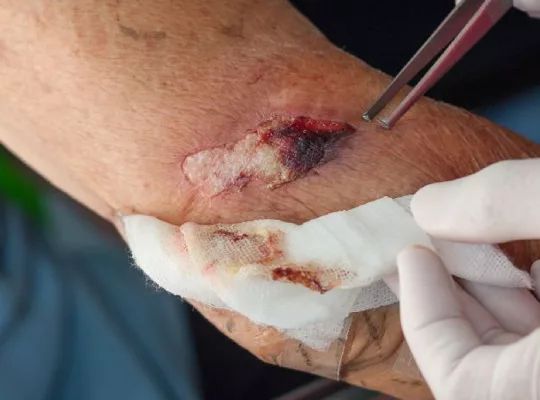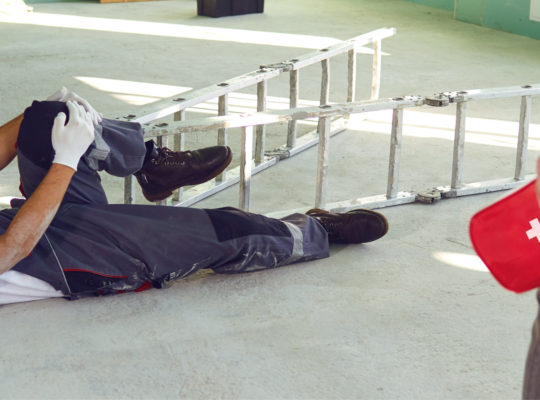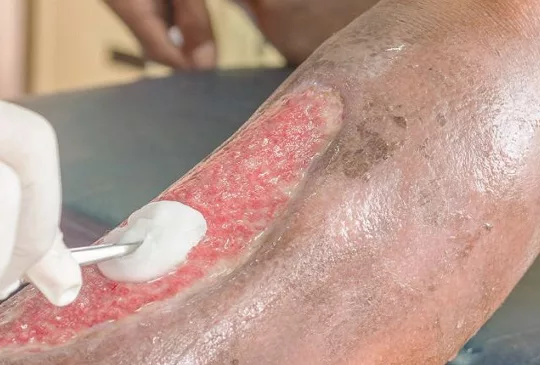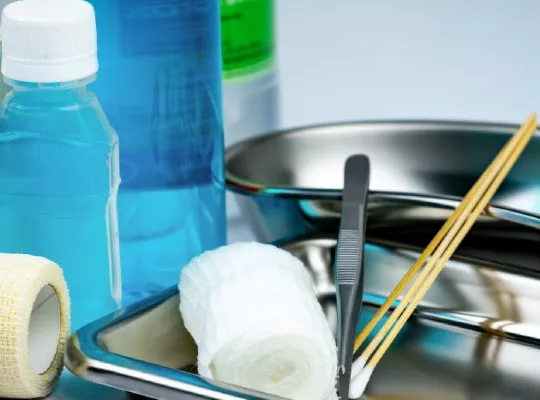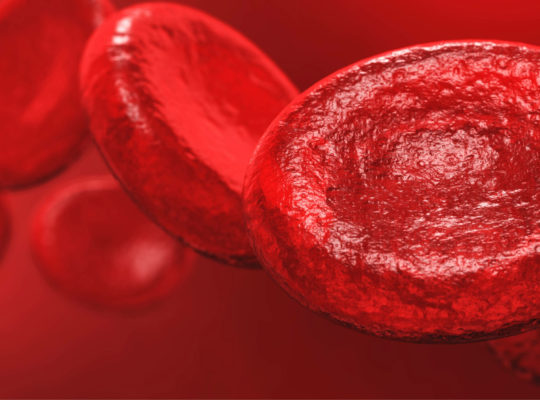When dealing with a burn, immediate and proper care is key to easing pain and preventing infection. Burns can range from mild to severe, and without the right steps, even a small burn can lead to complications. Knowing how to use a burn dressing can make all the difference.
Burn dressings provide a protective barrier and often contain ingredients that cool the skin and reduce pain. With so many options, though, it’s easy to feel unsure about which dressing works best and how to apply it effectively.
In this guide, you’ll find straightforward steps to treat burns safely, ease discomfort, and avoid common mistakes.
What Is a Burn Dressing?
A burn dressing is a sterile dressing, usually gauze, coated with a gel designed to soothe the affected area and help it heal. The dressing is designed to provide moisture and act as a barrier for the wound.
How to Apply a Burn Dressing?
Using a burn dressing correctly is crucial for promoting healing and preventing infection. Here’s a step-by-step guide on how to apply and manage burn dressings:
Initial Care
Begin by cooling the burned area promptly. Run cool water over the burn for about 5 to 30 minutes to help reduce swelling and relieve discomfort.
It’s important to avoid using ice, as it may further damage the skin. Once cooled, gently remove any jewelry or tight clothing around the affected area to accommodate any swelling.
Cleaning the Burn
Before handling the burn, wash your hands thoroughly to prevent infection. Use mild soap and lukewarm water to gently cleanse the burn, starting from the center of the wound and moving outward. If instructed by a healthcare professional, carefully remove any loose skin or debris without causing additional irritation to the area.
Applying the Dressing
Select a non-adherent dressing that won’t stick to the wound, such as hydrocolloid, hydrogel, or a specific burn dressing like Jelonet or Burnshield. These dressings help keep the wound moist, which is essential for healing. Apply a thin layer of antibiotic ointment to the dressing itself (not directly on the burn) to further protect against infection.
Securing the Dressing
Once the dressing is applied, cover it with a sterile gauze pad to keep it in place. Use gauze wrap or paper tape to secure it, ensuring a comfortable but not overly tight fit. Leave enough space to prevent blood flow restriction and avoid applying pressure on the burn to ensure proper healing.
Why Does Moisture Matter?
Moisture helps the healing process by preventing dehydration, collagen production, blood vessel repair, and the breakdown of dead tissue (source). Larger wounds do not get the same benefits since the gel will only seep deep into the wound and cause irritation.
Are Dry Dressings Bad?
No. Dressings are always helpful for protecting wounds and dry dressings are more effective for non-burn wounds. Dry dressings are more than capable of treating burns. So, even if you don’t have a burn dressing, you can still treat the injury with a regular gauze roll.
How Often Should You Change a Burn Dressing?
Like other bandages and dressings, at least once a day. Frequently changing dressings aids in healing and prevents infection by removing contaminated materials.
When to Use Burn Dressings
Burn dressings should be used to treat first degree burns like sunburns or short exposure to hot objects such as cooking sheets. Second and third degree burns should be assessed by a medical professional and have a treatment plan created.
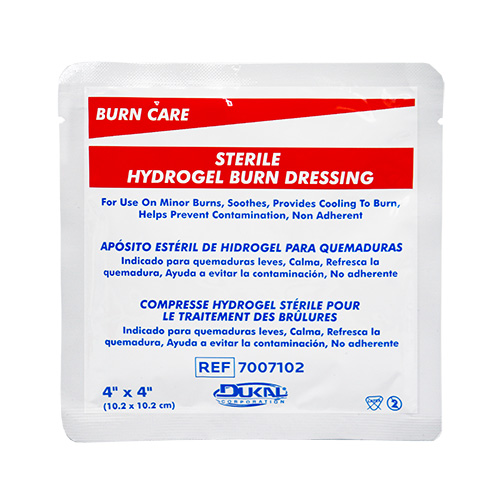
Different Degrees of Burns
First Degree: Only affects the outer layer of skin, includes slight discoloration, peeling, and pain. Commonly seen as sunburns or from short contact with hot surfaces.
Second Degree: Affects the entirety of the first layer of skin and partial damage to the second layer. Involves significant discoloration, severe pain, and blisters. This comes from prolonged exposure to hot surfaces, liquids, or steam.
Third Degree: Affects all layers of skin and possibly muscle, tendon, or bone tissue. Involves complete discoloration (black/white), and completely destroys nerve endings, resulting in no pain.
How to Treat A Burn
For first degree burns, run the affected area under cool water until the pain begins to numb. Then wrap the area with either a burn dressing or roll of gauze. Keep the area covered and moist with a burn cream.
For second and third degree burns, wrap the area with a roll of gauze and seek immediate medical attention.
Conclusion
Proper use of burn dressings plays a crucial role in protecting burns, easing pain, and preventing infection. Start by cooling the area with cool water, avoiding ice to prevent further skin damage. Clean the burn gently, ensuring no contaminants remain that might lead to infection.
Select a non-adherent dressing, apply antibiotic ointment to it, and then cover the wound. This dressing helps retain moisture, which aids in healing and reduces pain. Secure the dressing with gauze or tape, but avoid tightness that could limit blood flow.
For best results, change the dressing daily, as regular changes prevent infection and support recovery. Use burn dressings for first-degree burns, while second- and third-degree burns require medical attention and specific treatment plans.
FAQs
What Supplies Are Needed for Changing a Burn Dressing?
To change a burn dressing, gather sterile gauze pads, antibacterial soap, clean water, antibiotic ointment, and adhesive tape. Pain medication may also help before changing the dressing, especially for larger or more sensitive burns, to minimize discomfort during the process.
How Should You Clean a Burn Wound Before Applying a New Dressing?
Clean the burn wound gently using mild soap and clean water. Start at the center of the burn and work outward in circular motions. Rinse thoroughly but avoid scrubbing to prevent further skin damage, allowing the wound to heal more efficiently.
What Types of Dressings Are Suitable for Burns?
Non-stick dressings like Mepitel or Jelonet are ideal for superficial burns, protecting against sticking and irritation. For deeper burns, dressings such as Acticoat or hydrocolloid are beneficial as they help manage moisture levels, reduce infection risk, and support the healing process.
Why Is It Important to Keep a Burn Wound Moist?
Maintaining a moist wound environment aids healing by promoting cellular migration, reducing pain during dressing changes, and preventing dryness. This moisture balance helps protect newly forming tissue, which accelerates recovery and minimizes potential scarring, making proper hydration crucial for effective burn care.

